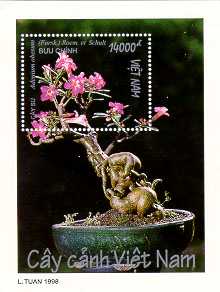It’s crazy how fast my Chinese elm (榆樹 in Chinese) is growing. Last month, I wired this branch of my Chinese elm right before two weeks of rainy days. When I went back and checked the wiring two weeks later, I found that the branch had already been embedded deeply into the bark 🙁
I quickly went to the other end of my bonsai rack and checked my Surinam cherry (aka red Brazil cherry, 紅果 in Chinese) which also had a branch wired on the same day as the Chinese elm. And I was so relieved when I found that the Surinam cherry was totally fine, looking more or less like how it was two weeks ago.
Here, I have learned two lessons.
One: Some trees grow incredibly fast, especially those in its growing season with proper care, regular watering and fertilization. We should keep a close eye on the fast growing trees such as Chinese elm and Fukien Tea so that we can react right away to any small damage we find on the bark.
Two: Bonsai wires should not be tied too tightly around the branch or twig of our bonsai tree. Wiring two or three times in succession won’t harm our bonsai tree. Yet, we will harm our tree if we have to tear out the wire that has been embedded into the bark.
Ok, lessons are learned but damage is irreversible. Now I just hope that the scar will recover and look less obvious as time goes by.

























































